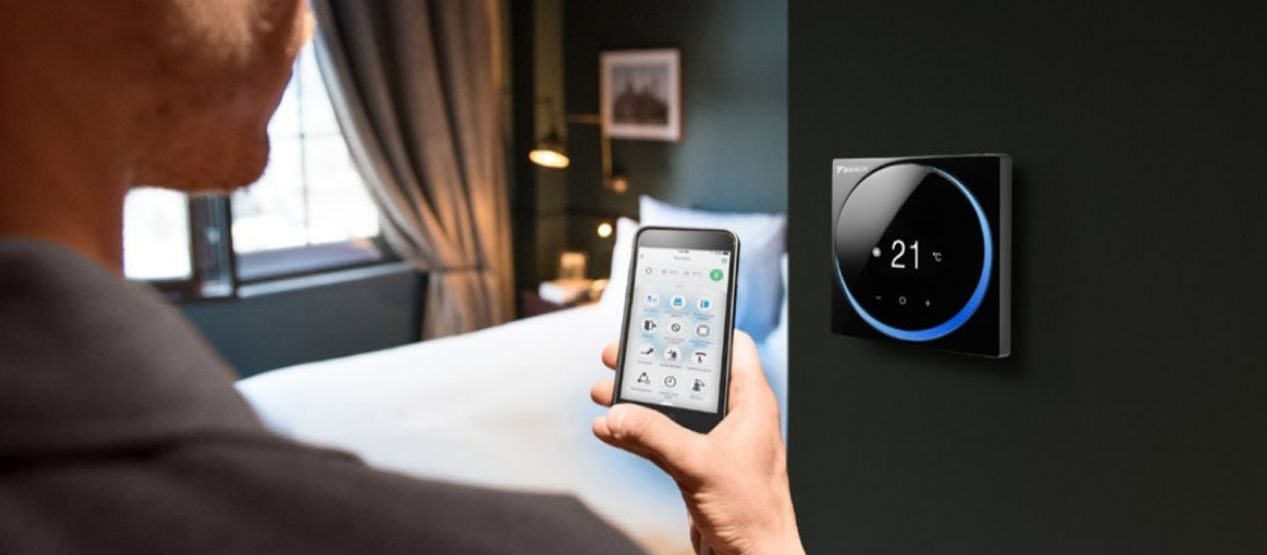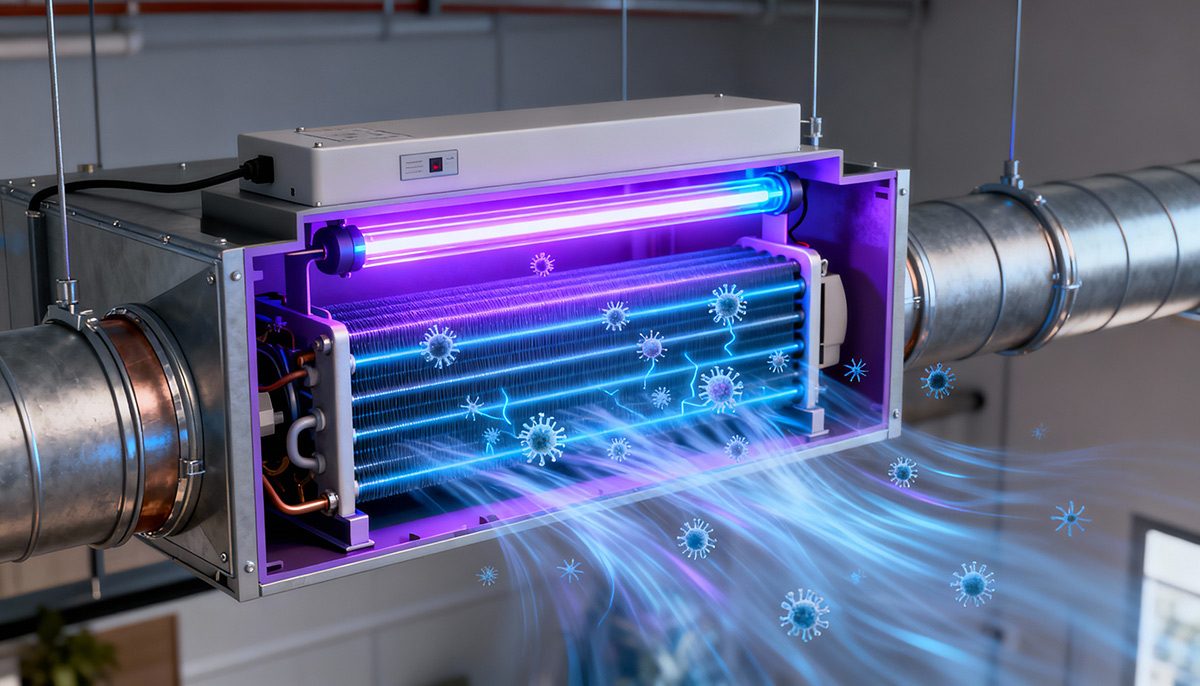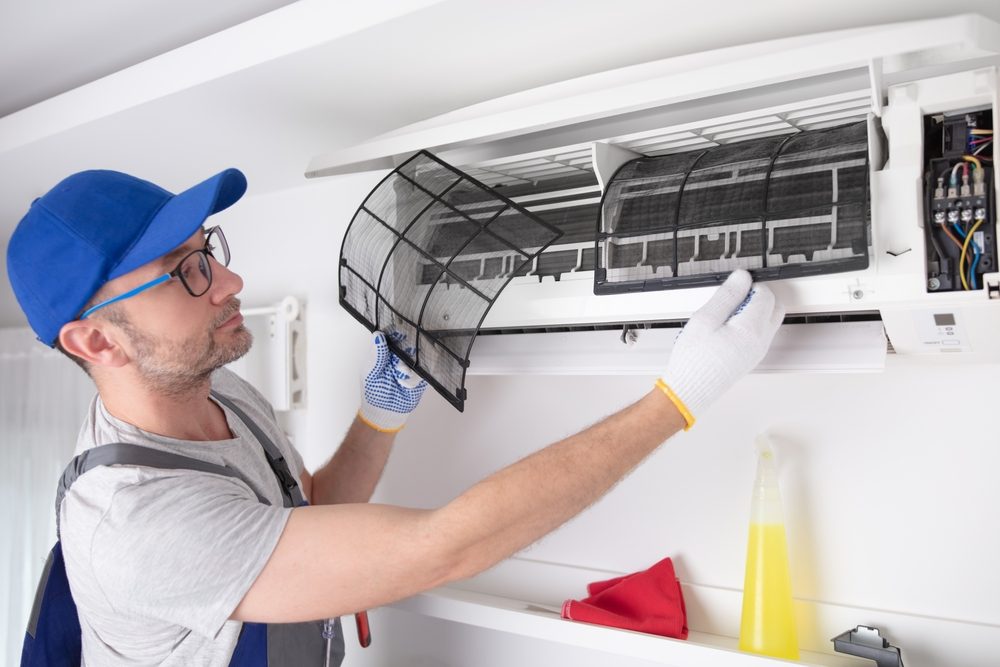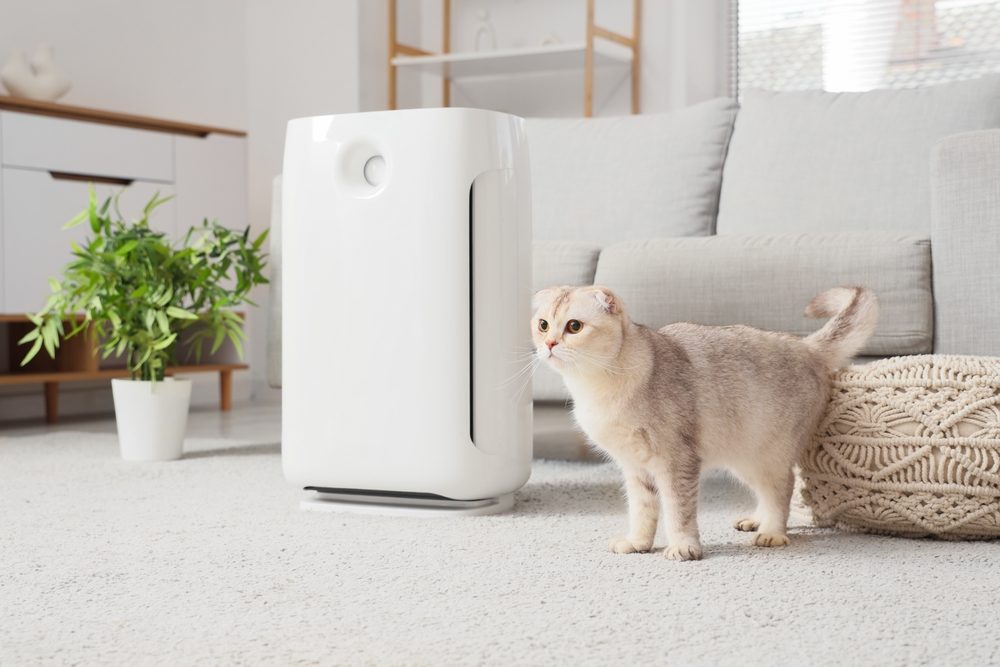
Climate control in buildings means keeping the indoor environment comfortable and energy-efficient. This includes controlling the temperature, humidity, and air quality. Alongside heating, ventilation, and air conditioning (HVAC) systems, buildings often use smart thermostats and automated systems to adjust settings based on the number of people inside and the temperature outside.
The right system is vital for the health and comfort of the building’s occupants as well as helping protect valuable equipment. In addition, efficient climate control saves energy and reduces carbon emissions, helping the environment. But there are several approaches you can take and many different options. As a first step, a thorough assessment of your building’s requirements will help you decide which of the many types of climate control systems would be most suitable.
In practice, it can seem like a lot to process. So, in this article we'll clarify exactly what's out there and what would be best for your particular situation. We’ll look at the key benefits of climate control systems, the various types of systems available and what each one is used for. We’ll also examine some of the world-leading innovations to be found in Daikin’s climate control solutions.
Let’s jump in, starting with the benefits.
Benefits of climate control systems in buildings?
There are a number of key benefits to climate control systems, including:
- Enhanced comfort: Climate control systems maintain consistent indoor temperatures, humidity levels and air quality, ensuring a comfortable environment regardless of the time of year or weather outside.
- Improved productivity: A comfortable environment promotes better concentration, productivity and overall satisfaction among the building’s occupants.
- Energy efficiency: Climate control systems are designed to operate efficiently, reducing energy consumption and lowering utility costs.
- Healthier indoor environment: By filtering and circulating air, climate control systems help remove pollutants, allergens, and other harmful particles, contributing to a healthier indoor environment.
- Protection of assets: Climate control systems help protect valuable assets, including equipment, furnishings, and electronic devices from damage caused by extreme temperatures and humidity.
Types of climate control systems for buildings
There are several types of climate control systems used in buildings, each with its own features and applications. Here are some of the main types on the market today:
- HVAC systems (heating, ventilation, and air conditioning) Heating systems provide warmth, air exchange systems improve air quality, and cooling systems reduce indoor temperature. These all combine to give much greater control over any indoor environment.
- Central heating and cooling systems: Provides cooling throughout the building from a central location, through ducts or radiators.
- Split systems: Separate units for heating and cooling, which might entail an outdoor cooling unit and an indoor heating unit.
- Hybrid systems: Combination of gas and electric heating for greater energy efficiency and flexibility.
- Duct-free systems (mini-split) Individual units for specific rooms, offering independent temperature control without the need for ducts.
- Packaged heating and air systems: Compact systems that combine heating and cooling in a single unit, usually installed indoors or on rooftops.
- Geothermal heat pumps: These use the stable underground temperature to provide heating and cooling.
- Radiant heating and cooling systems: Uses hot water pipes or electric heating elements under floors to heat spaces or uses chilled water or refrigerant to cool spaces.
- Smart climate control systems: Automatically adjusts temperature settings based on occupancy and preferences.
- Passive climate control: Uses windows, vents, and other openings to allow fresh air in and stale air out.
Climate control systems are not limited to these mentioned above, but in all cases each one has its own specific applications, benefits, and considerations depending on the building’s design, location, and the specific needs of its occupants.
Daikin’s climate control systems for buildings
With Daikin, building management is made simpler and more efficient. Whether you need a climate control solution for your home or business, Daikin offers a range of systems to help you achieve optimal comfort. Our climate control systems are designed to efficiently manage your building’s energy consumption and enhance comfort.
Some of our features include:
Multi-Site Control
Intelligent Tablet Controller
- Centralise the control of various climate zones by connecting your Tablet Controller to the Daikin Cloud.
- Monitor and benchmark multiple locations simultaneously to reduce high energy consumption.
- Access your units from any location at any time through the Daikin Cloud.
- An intuitive touchscreen interface ensures easy climate control.
- Ideal for small to medium-sized commercial applications.
Learn more about multi-site control here.
Building Management System
Intelligent Touch Manager
- Our user-friendly Intelligent Touch Manager integrates seamlessly with third-party equipment, allowing control of climate, lighting, alarms, and more from a single interface.
- Monitor and optimise your energy consumption, reducing energy costs.
- The modular design allows you to customise the Intelligent Touch Manager to your building’s size and needs.
- Integrate with Daikin i-Net for 24/7 remote monitoring, ensuring your system runs smoothly and efficiently.
- Easy-to-use energy data trending and analytic tools can lead to savings of up to 15%.
- Ideal for medium to large commercial applications.
Learn more about building management systems here.
Individual Control Systems
User-Friendly Systems with Scheduling Functions
- Individual control systems provide direct climate control with user-friendly interfaces and scheduling functions.
- Intuitive interfaces simplify climate control.
- Contemporary designs seamlessly blend with your interior decor.
Learn more about individual control systems here.
Cloud Controls
Efficient Monitoring and Control for Commercial and Industrial Needs
- Remote monitoring, control, and service for commercial and industrial cooling, heating, and ventilation systems.
- Monitor and control your building from anywhere.
- Manage multiple sites with a modular concept that grows with your business.
- Reduce energy costs and extend the lifetime of your equipment.
Learn more about cloud controls here.
Conclusion
A high-quality climate control system is vital to ensure the occupants of your building are comfortable and productive, your equipment is protected, and you are using energy in the most efficient way possible.
Daikin is a world leader in climate control systems, offering a wide range of solutions tailored to meet diverse building requirements – including residential, commercial, and industrial. Daikin offers a full lineup of split systems, packaged units, ductless mini-split systems, VRF (VRV) systems, and more – each designed to deliver exceptional performance, energy efficiency, and comfort.
With innovative, pioneering technology and exceptional service, Daikin has sold millions of systems in 140 countries. If you would like to find out more about Daikin’s products, contact us today.



